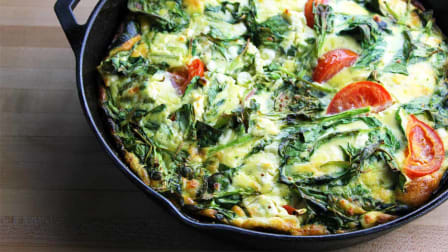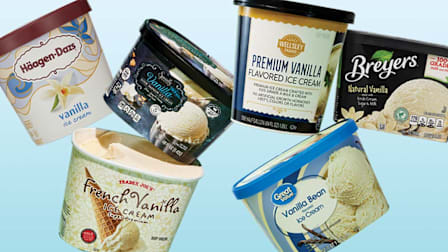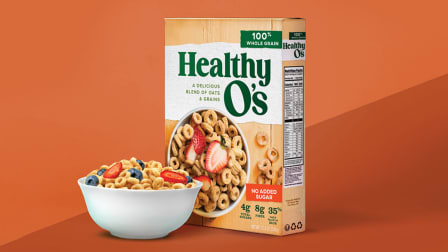Are These Trendy Sugars Really as Good as They Seem?
We have the low-down on coconut sugar, date sugar, and other supposedly “natural” sweeteners
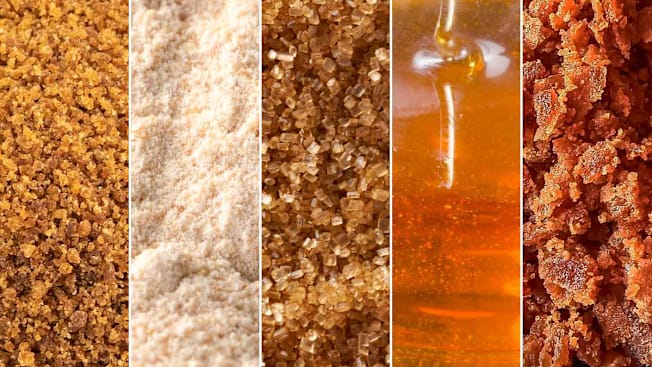
In the baking section of the supermarket, at your local coffee shop, or on packaged food ingredient labels, you’ll see coconut, turbinado, agave, and a variety of other sugars alongside regular white table sugar (sucrose).
You may see claims on the packages that imply that the sweeteners are somehow healthier. They all have their best uses and add slightly different flavors, but are they really any better for you?
The Sales Pitches You’ll See
Here are some of the claims about sugars that you should take with a healthy dose of skepticism.
‘Natural’
The Food and Drug Administration doesn’t have a formal definition for “natural”; it’s essentially a marketing term. Sugars that are truly natural and unprocessed are those that come in fruits and vegetables and milk, says Carla Ferrell, RD, Clinical Assistant Professor of Health and Human Performance at the University of Houston. Sugars that are added to food—whether it’s table sugar or, say, coconut sugar—are processed in some way. Just how much depends on the type of sweetener and the company that produces it.
Low Glycemic Index
This term refers to how quickly a food, beverage—or, in this case, a single ingredient—raises glucose (blood sugar) levels after you eat it.
Vitamins and Other Nutrients
While some of these less-refined sugars may often have additional nutrients, they are not a significant enough source of any of them to make a difference to your health, Shiue says. They all count as added sugars in your diet and should be consumed in moderation. According to the American Heart Association, women should consume no more than 25 grams of added sugars per day and men should consume no more than 36 grams per day.
Types of Sugar
Sugars that have a reputation for being natural come from a variety of sources.
Coconut Sugar
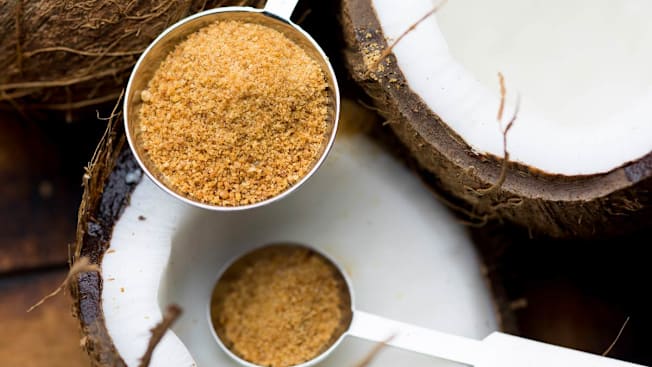
Photo: Getty Images Photo: Getty Images
What is it? Coconut palm flower sap is heated, then poured into molds or beaten with paddles to form granules of coconut sugar, says Dan Zuccarello, America’s Test Kitchen’s executive food editor of cookbooks.
The claims: Low glycemic index; packed with nutrients; natural.
The real deal: Coconut sugar contains vitamin C, a host of B vitamins, and polyphenols, which are antioxidants with anti-inflammatory properties. While that may make it sound like it’s good for you, there aren’t enough of these nutrients in a serving for coconut sugar to be superior nutritionally to regular sugar. It does have a lower GI than table sugar, but just slightly.
What it’s best used for: The granules look, taste, and dissolve into liquids much like regular sugar. That makes it a good sweetener for beverages like lemonade and iced tea, though it may add a slight coconut flavor. Coconut sugar is commonly used in South and Southeast Asia, where coconuts are grown. "Coconut sugar is wonderful for use in baked goods like Coconut-Lime Cream Pie or Monkey Bread, as it gives them a robust, nutty flavor," Zuccarello says.
Agave Nectar/Syrup
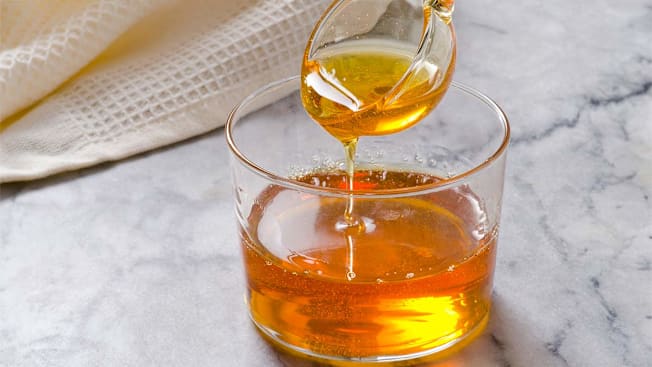
What is it? Leaves of the agave plant are pressed for sap that’s then boiled to make agave nectar, also known as agave syrup.
The claims: Very low glycemic index; contains vitamins and minerals.
The real deal: Studies have shown that agave has vitamins C and B as well as potassium, calcium, and selenium, but a serving contains very small amounts. It does have a much lower GI than most other types of sugar because it is higher in fructose, which has a low GI. However, in large amounts fructose may raise the risk of liver disease.
What it’s best used for: Agave has a neutral, sweet taste and a honeylike consistency. It dissolves quickly in liquid, making it a good option for sweetening drinks. In some cases, it can replace sugar in baked goods.
Turbinado Sugar
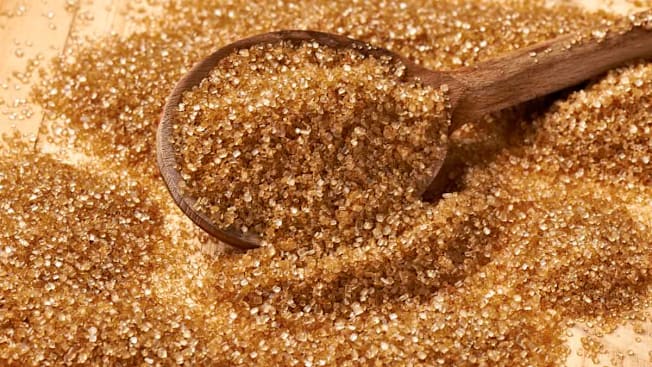
Photo: Getty Images Photo: Getty Images
What is it? This is made from sugar cane. Some white, granulated sugars are also made from sugar cane (although many are made from sugar beets). The difference is that some of the sugar cane’s natural molasses is left in, giving turbinado sugar a brown color.
The claims: The sugar’s brown color, as well as the fact that it is often referred to as “raw sugar” gives it a health halo.
The real deal: It’s virtually the same nutritionally as white cane sugar.
What it’s best used for: Turbinado sugar crystals are larger than those of table sugar, making it good for sprinkling on top of cookies or other baked goods to add a little crunch and a slight caramel flavor. But because of the size of the crystals, it doesn’t dissolve as easily, so it may not be ideal for mixing into batter, Shuie says.
Palm Sugar
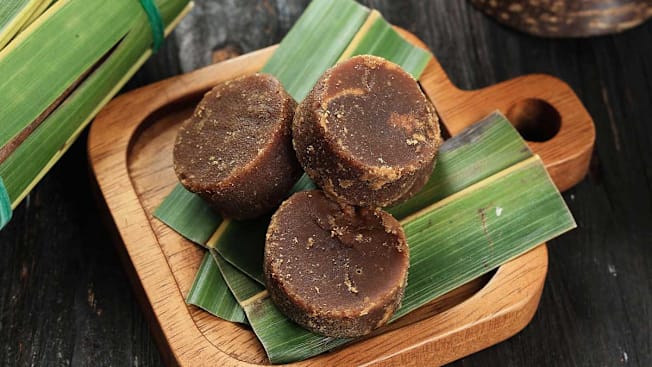
Photo: Getty Images Photo: Getty Images
What is it? Liquid is evaporated from palm sap, resulting in a sweetener that looks and tastes similar to brown sugar.
The claims: Low glycemic index; rich in antioxidants; contains calcium, potassium, iron, and protein.
The real deal: As with the other sugar alternatives, you’d have to eat a lot of it to get meaningful amounts of its nutrients, and that could do your health more harm than good.
What it’s best used for: It’s a common ingredient in Thai, Indian, and Southeast Asian cuisine. Palm sugar can impart a sweet, caramel, and roasted nutty flavor to sweet and savory dishes and desserts. Palm jaggery, a kind of palm sugar used in many South Asian sweets, has an intense and earthy taste.
Date Sugar
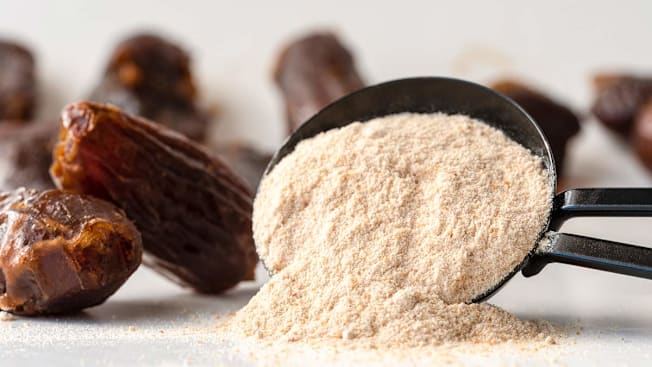
Photo: Getty Images Photo: Getty Images
What is it? Date sugar is made by grinding whole, dried dates into a powder.
The claims: Low glycemic index, healthier than table sugar.
The real deal: Date sugar may have an edge over other sugars because it consists of the whole fruit, and therefore has the fiber, vitamins, and minerals in dates. It’s slightly lower in calories than table sugar and has a lower GI. Still, just because it is marginally better doesn’t mean that you should eat more of it, Shiue says.
What it’s best used for: Date sugar’s stickiness and sweetness make it ideal for sweetening energy bars and binding ingredients in other foods together.
Date sugar doesn’t dissolve the same way other sugars do, and it may absorb liquids in some recipes. When baking with date sugar, Shiue recommends decreasing the amount of sugar called for in the recipe by a third and increasing the liquid by a third. Alternatively, decrease the amount of flour by 25 percent instead of increasing the liquid. However, it may still take some trial and error to get it right. You can also look for recipes online that specifically call for date sugar.

















